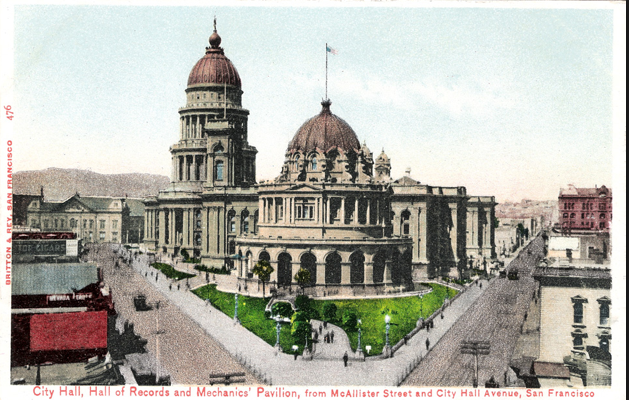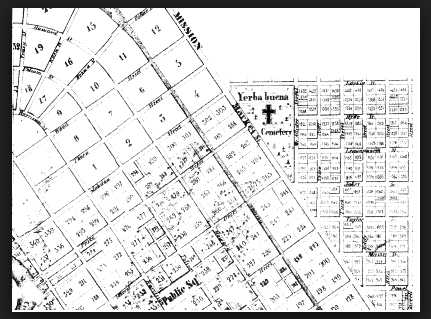This is the Methodist Book Concern. The book concern, established in 1789 in Philadelphia, was the oldest publishing house in the United States and used Abington press as their trade imprint. It is now the United Methodist Publishing House and it is the largest general agency of The United Methodist Church.
The Methodist Book Concern furnished reading material to church members and helped support ministers, who received liberal commissions for selling the publications. ”The preachers still feel the need of the press as their most potent ally in their work,” said The Methodist Review in 1889
The building was designed by Lewis Parsons Hobart (January 14, 1873 — October 19, 1954) an American architect whose designs also included San Francisco’s Grace Cathedral.
Hobart received bachelor’s and master’s degrees from the University of California, Berkeley, and studied at the American Academy in Rome and the École nationale supérieure des Beaux-Arts in Paris.
Hobart played a role in the rebuilding efforts of the San Francisco Bay Area following the 1906 San Francisco earthquake, designing several buildings, including the Methodist Book Concern that was completed in 1909.
Hobart became the first President of the San Francisco Arts Commission in 1932 and was also appointed to the Board of Architects for the 1939 Golden Gate International Exposition.
The Methodist Book Concern was built on the site of the Yerba Buena Cemetery.
“Sixteen More Graves Discovered on Site of Yerba Buena Cemetery. Nine more bodies were uncovered by workmen excavating for the Methodist Book Concern’s new building on City Hall avenue and McAllister street yesterday, on the site of the old Yerba Buena Cemetery, one of the oldest burial grounds in the city of San Francisco, now in the heart of the great down town district. This makes a total of twenty-five graves that have been discovered on this site since excavation was begun last week. The first grave was discovered on Friday afternoon, with a well preserved headstone erected in 1851.
When it became known that the workmen were excavating on the site of the famous Yerba Buena Cemetery, a great crowd collected to watch the uncovering of the graves. Many rotted coffins were discovered, but in every case, the bodies had completely decomposed, owing to the damp and sandy nature of the soil, and only a pile of bones remained to tell that a human being had once been interred there.
By Tuesday night the workmen had uncovered the remains of sixteen bodies and these were placed in a little box and left for the Coroner. No one was sent form the Coroner’s office on Tuesday night, however, and when the workmen went to work yesterday morning all the skulls in the collection had been stolen. It is presumed that they were taken by medical students, or ghouls. What remained of the sixteen bodies was taken away by the Coroner’s deputy yesterday afternoon, and the bones will be reburied to remain until, perhaps, the advance of civilization once more unearths them in the midst of a populated district.”
The Yerba Buena Cemetery was abolished by the city hall act, passed by the State Legislature of 1869-70, providing for the removal of the cemetery and the erection of a City Hall on the property. The validity of this act was fought long and hard in the courts, on the ground that the tract was sacredly dedicated as a cemetery, and the fight was carried to the Supreme Court of the State in the case of San Francisco vs. P. II. Cannavan, who was at that time a member of the Board of Supervisors. The act was upheld, however, and the cemetery was removed in 1871.
That portion where the bodies are being found was one of the lowest spots in the cemetery, and it is probable that the graves which are being unearthed may have been covered by sand before the cemetery was removed. The graves are from twelve to twenty-five feet below the surface.”
Source: San Francisco Chronicle, 9 April 1908.
The building does not sit flush with the street because its original address was City Hall Avenue. These streets were all changed when the new city hall was moved off of Market Street after the 1906 Earthquake.
After having served as the Church of Scientology building for many years, the building has undergone a substantial seismic renovation and is now condominiums.







